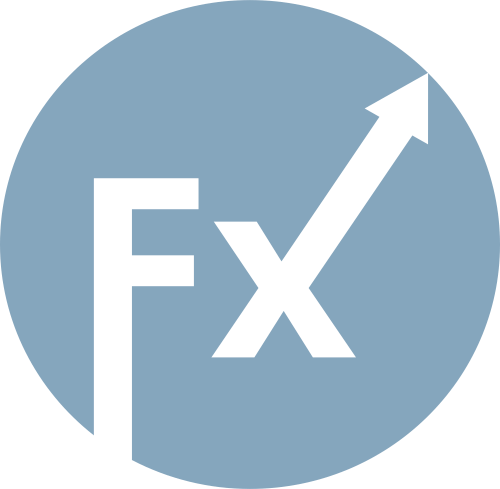On Thursday, the euro began the North American session with a 0.2% gain against the U.S. dollar, recovering part of the positions lost earlier during European trading. The EUR/USD pair is paying little attention to the persistent political instability in France. The political situation in France remains a significant source of uncertainty, with French 10-year government bond yields now exceeding Italian equivalents. The new prime minister is struggling to secure support from the Socialist Party, while hardline remarks by National Rally leader Marine Le Pen on Wednesday fueled speculation about the potential dissolution of parliament or even the resignation of President Macron.
As for the U.S. dollar, the dollar index, which tracks the currency against a basket of six major counterparts, shows slight gains after a sharp rebound from this year's new low of 96.14, reached immediately after the Federal Reserve's rate decision. The index is now fluctuating in the 97.40–97.50 level. On Wednesday, the Fed cut its benchmark rate for the first time since December, lowering it by 25 basis points to a target range of 4.00–4.25%. This move had largely been priced in, so market attention shifted to the updated dot plot and Fed Chair Jerome Powell's press conference. The median rate projection for 2025 declined, pointing to an additional 50 basis points of easing to 3.50–3.75% by year-end. Projections for 2026 and 2027 were also revised down to 3.4% and 3.1%, before stabilizing around 3.0%.
On Wednesday, the Fed cut its benchmark rate for the first time since December, lowering it by 25 basis points to a target range of 4.00–4.25%. This move had largely been priced in, so market attention shifted to the updated dot plot and Fed Chair Jerome Powell's press conference. The median rate projection for 2025 declined, pointing to an additional 50 basis points of easing to 3.50–3.75% by year-end. Projections for 2026 and 2027 were also revised down to 3.4% and 3.1%, before stabilizing around 3.0%.
At the press conference, Powell described the move as a "risk-management rate cut," emphasizing that monetary policy "is not on a preset course" and will be decided "meeting by meeting." He noted that the balance of risks had shifted compared with the start of the year: weakening employment now offsets persistent inflationary pressure. Reaffirming the Fed's commitment to restoring inflation to 2%, Powell stressed there was no broad support for a larger 50-basis-point cut and said the central bank saw no need to rush decisions on rates.
Powell's cautious comments helped the dollar strengthen, as traders scaled back expectations for rapid rate cuts.
The dollar also found support from fresh U.S. economic data on Thursday: initial jobless claims fell to 231,000 for the week ending September 13, beating forecasts of 240,000. The previous week's figure was revised upward from 263,000 to 264,000. In addition, the Philadelphia Fed manufacturing index for September surged to 23.2, far above expectations of 2.3 and rebounding from -0.3 in August.
From a technical perspective, daily chart oscillators are positive, prices are still trading above the 9-day EMA and above the 1.1770 level. The 9-day EMA also remains above the 14-day EMA, confirming the positive outlook for now. Despite the recent pullback erasing much of the bullish momentum, indicators have not yet confirmed a bearish shift.
The table below shows the percentage change of the U.S. dollar against major currencies today.

The U.S. dollar was strongest against the New Zealand dollar.

ລິ້ງດ່ວນ